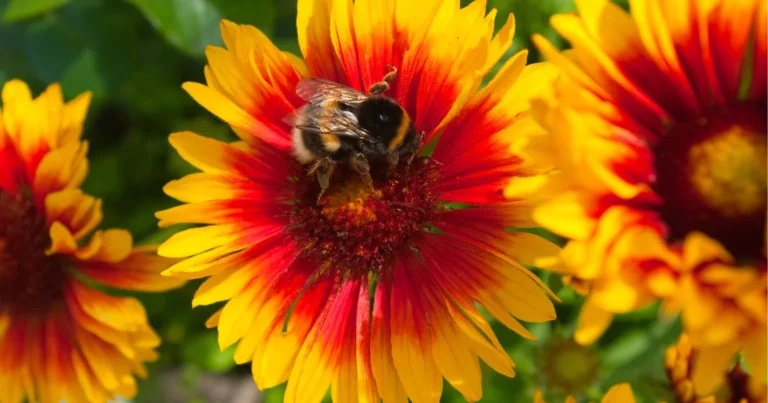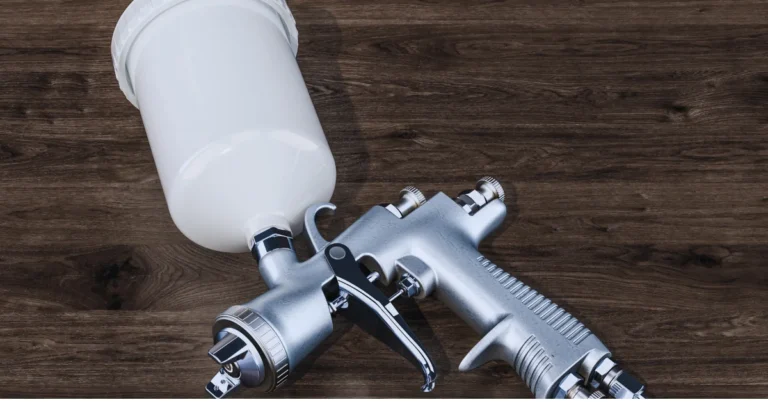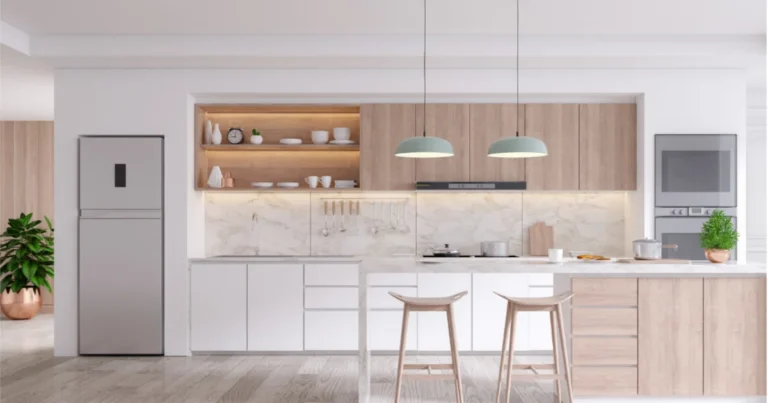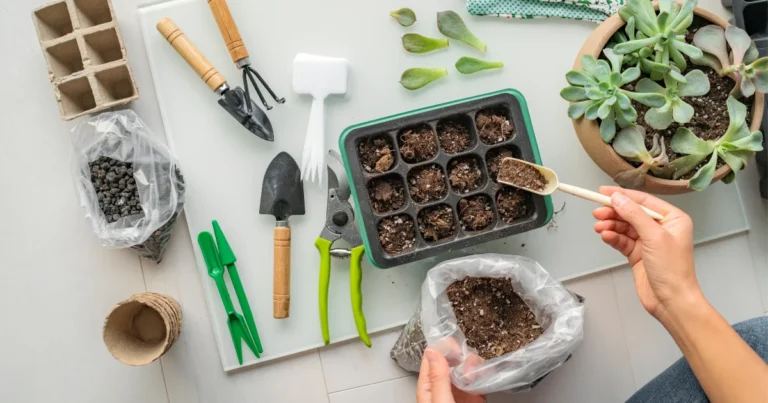Container Gardening for Beginners
Introduction:
Container gardening offers an accessible and versatile way for beginners to cultivate a lush garden, even with limited outdoor space. Whether you’re an urban dweller with a small balcony or a suburbanite looking to add greenery to your patio, container gardening provides endless possibilities for growing flowers, herbs, vegetables, and even small fruit trees. In this comprehensive guide, we’ll delve into the world of container gardening for beginners, providing valuable tips and insights to help you get started on your gardening journey.
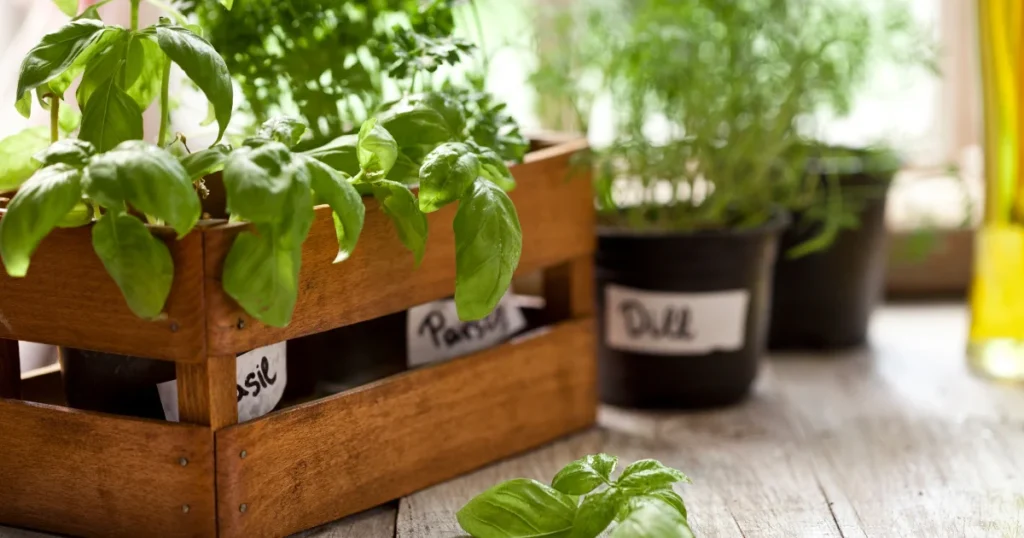
Steps For Container Gardening:
STEP 1:Choosing the Right Containers:
Begin your container gardening adventure by selecting suitable containers for your plants. Choose containers with drainage holes to prevent waterlogging and ensure adequate root aeration. Options include
- pots
- planters
- hanging baskets
- window boxes
- repurposed items include crates, barrels, buckets etc
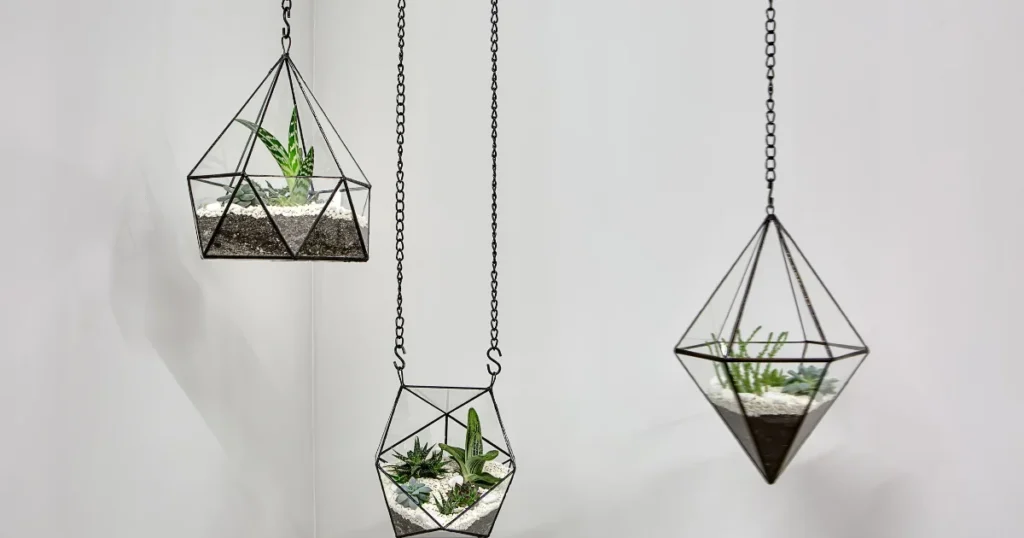
STEP 2: Selecting the Ideal Location:
Assess your outdoor space to determine the best location for your container garden. Consider factors such as sunlight exposure, wind exposure, and accessibility for watering and maintenance. Most plants require at least 6-8 hours of sunlight per day, so choose a sunny spot for optimal growth.
STEP 3: Choosing the Right Plants:
When selecting plants for your container garden, consider your climate, available space, and personal preferences. Opt for compact or dwarf varieties of vegetables, herbs, and flowers that are well-suited to container growing. Popular choices for beginners include
- cherry tomatoes
- basil
- peppers
- lettuce
- marigolds
- petunias
- pansies.
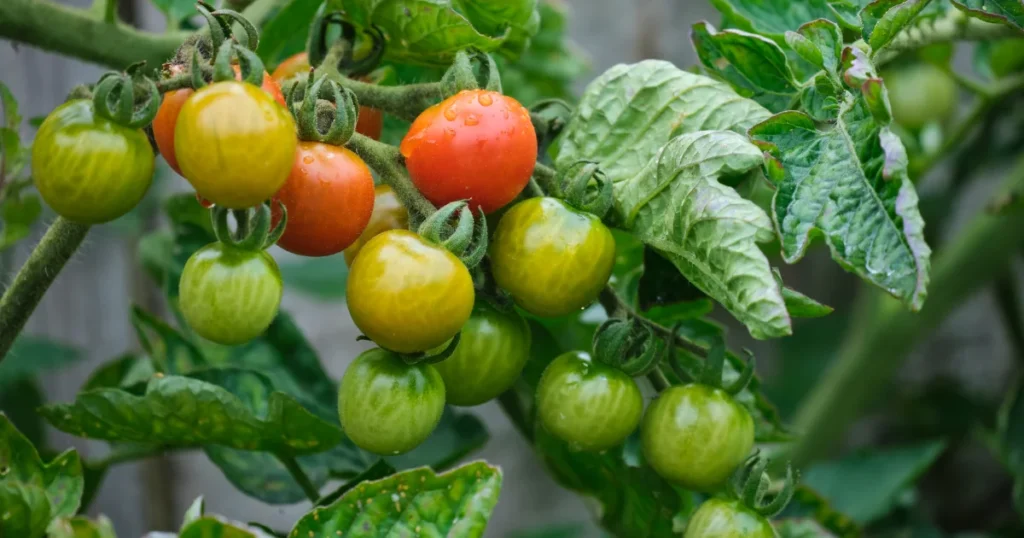
STEP 4: Selecting the Right Soil Mix:
Use a high-quality potting mix specifically formulated for container gardening. Avoid using garden soil, as it may become compacted and hinder root growth. Look for a lightweight mix that provides good drainage and aeration while retaining moisture. You can also add perlite or vermiculite to improve drainage.
STEP 5: Planting and Potting:
When planting in containers, fill the bottom one-third with potting mix, then position your plants in the container, ensuring they are at the same level as they were in their nursery pots. Fill in around the plants with additional potting mix, gently firming it down to remove air pockets. Water thoroughly after planting.
STEP 6: Watering and Maintenance:
Proper watering is essential for container plants, as they can dry out more quickly than plants in the ground. Check your containers regularly and water when the top inch of soil feels dry to the touch. Avoid overwatering, as this can lead to root rot. Mulching the surface of the soil can help retain moisture and suppress weeds.
STEP 7: Fertilizing:
Container plants benefit from regular fertilization to replenish nutrients that may leach out with watering. Use a balanced, water-soluble fertilizer or a slow-release fertilizer formulated for container plants. Follow the manufacturer’s instructions for application rates and frequency.
STEP 8: Pruning and Deadheading:
Regular pruning and deadheading help keep your container garden looking tidy and encourage healthy growth and flowering. Pinch back leggy growth, remove spent flowers, and trim back any damaged or diseased foliage as needed. Prune larger plants to maintain their shape and size.
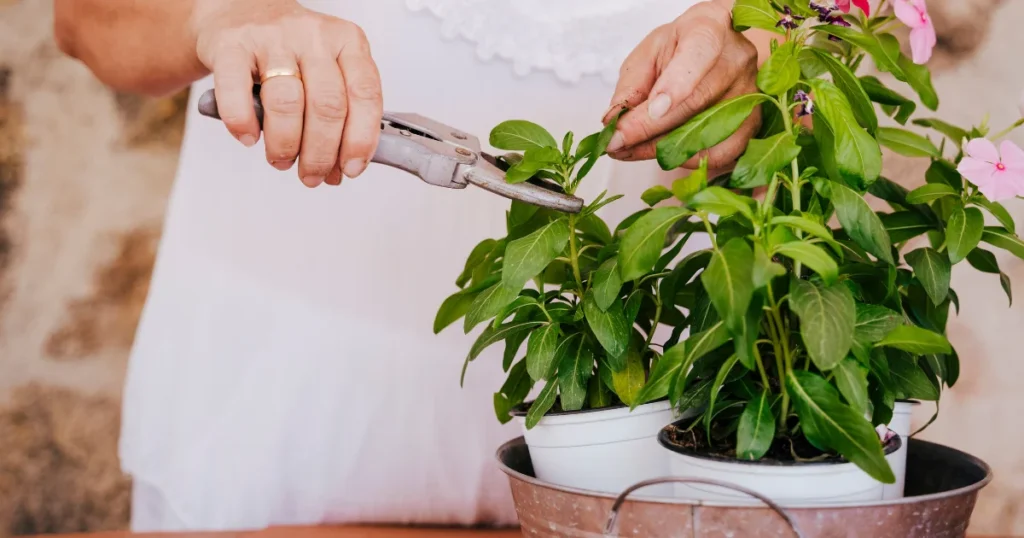
STEP 9: Pests and Diseases:
Keep an eye out for common pests and diseases that may affect your container plants. Inspect plants regularly for signs of damage or infestation, such as chewed leaves, yellowing foliage, or sticky residue. Treat pests with insecticidal soap or neem oil, and remove infected plants to prevent the spread of disease.
STEP 10: Enjoying the Fruits of Your Labor:
Container gardening is a rewarding and enjoyable hobby that allows you to connect with nature and enjoy the beauty of growing your own plants. Take time to sit back and admire your container garden, harvest fresh herbs and vegetables for culinary delights, and revel in the joy of nurturing living greenery in your own space.
Conclusion:
Container gardening offers an accessible and rewarding way for beginners to experience the joys of gardening, even with limited space or resources. By following the tips and techniques outlined in this guide, you can create a thriving container garden that brings beauty, bounty, and a sense of connection to the natural world right to your doorstep.
Happy gardening!


